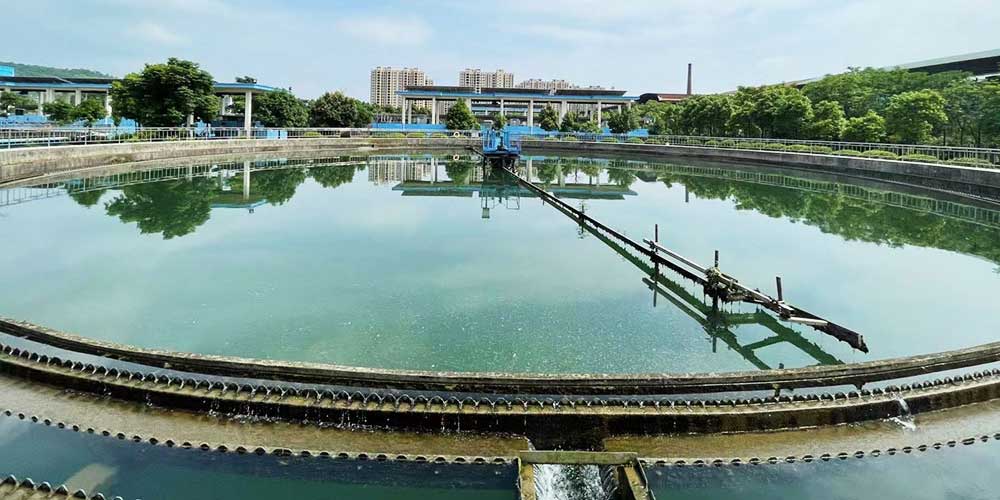Polyaluminum chloride (PAC) is a coagulant commonly used in wastewater treatment to flocculate suspended particles, including those found in sewage sludge. Flocculation is a process where small particles in the water aggregate together to form larger particles, which can then be more easily removed from the water.
Here’s how PAC can be used to flocculate sewage sludge:
Preparation of PAC solution: PAC is typically supplied in liquid or powdered form. The first step is to prepare a solution of PAC by dissolving the powdered form or diluting the liquid form in water. The concentration of PAC in the solution will depend on the specific requirements of the treatment process.
Mixing: The PAC solution is then mixed with the sewage sludge. This can be done in various ways depending on the setup of the treatment facility. Typically, the PAC solution is added to the sludge in a mixing tank or through a dosing system.
Coagulation: Once the PAC solution is mixed with the sludge, it begins to act as a coagulant. PAC works by neutralizing the negative charges on the suspended particles in the sludge, allowing them to come together and form larger aggregates.
Flocculation: As the PAC-treated sludge undergoes gentle stirring or mixing, the neutralized particles start to come together to form flocs. These flocs are larger and heavier than individual particles, making them easier to settle out or separate from the liquid phase.
Settling: After flocculation, the sludge is allowed to settle in a settling tank or clarifier. The larger flocs settle to the bottom of the tank under the influence of gravity, leaving behind clarified water at the top.
Separation: Once the settling process is complete, the clarified water can be decanted or pumped off the top of the settling tank for further treatment or discharge. The settled sludge, now denser and more compact due to flocculation, can be removed from the bottom of the tank for further processing or disposal.
It’s important to note that the effectiveness of PAC in flocculating sewage sludge can depend on various factors such as the concentration of PAC used, pH of the sludge, temperature, and the characteristics of the sludge itself. Optimization of these parameters is typically done through laboratory testing and pilot-scale trials to achieve the desired treatment outcomes. Additionally, proper handling and dosing of PAC are essential to ensure efficient and cost-effective treatment of sewage sludge.
Post time: Apr-11-2024

